Front line of the Kent State Shooting
Alan Canfora gives UA students his perspective of May 4, 1970
October 12, 2016
Yesterday, Alan Canfora, a former Kent State University student who was wounded in the Kent State shootings of May 4, 1970, spoke at the UA Honors Common room to give his perspective as a protester in the front lines of the conflict.
The Kent State shootings happened when students gathered to protest the Vietnam War.
“You can look the definition up. It was a genocide,” Canfora said about the War. He said that students were angry, and that the night after President Nixon announced the invasion of Cambodia on April 30, 1970, a crowd of protesters mobbed the streets of Kent State, blocking traffic, vandalizing symbolic storefronts and offices, and breaking the windows of both the Army recruitment center and the local bank.
Canfora estimates that the protestors caused about $5,000 in damage.
The following night, more demonstrations took place on campus. Many media reports indicate that students had set fire to the ROTC building, but Canfora offered a different perspective.
According to him, students made several attempts to burn down the building by lighting railroad flares and gas-soaked rags and throwing them inside. A small fire started, but soon after, the police surrounded the building, and the fire department had it easily contained. At this point the crowd had moved their demonstration to another place, leaving the building intact behind them.
However, the building was burned the next day.
“[It was] very suspicious that [the fire] was so well contained, but the building still burned down,” Canfora said.
Another little known incident in the shootings occurred the next night, on May 3. “This was a peaceful day. We were singing in the street,” Canfora said.
Despite the nonviolent nature of the protests that day, police still rushed the group as they sang their anti-war songs, flushing them out with tear gas and stabbing the stragglers with bayonets.
Canfora also debunked the FBI report which said that dissidents from outside the community made up most of the protesting crowd. He says they were all his friends and fellow students, and people he knew well.
As for the infamous afternoon of the May 4 shooting, Canfora uses research to claim that the National Guard did not act in self defence, like its initial report said. Yale University housed a tape recording of the entire incident, which, upon review, shows an officer of the National Guard giving the command to aim and fire, which is deliberate action.
Canfora’s talk served to humanize the victims of the shooting. Besides casting them in a sympathetic light, it tried to highlight the connection that students today have with students then.




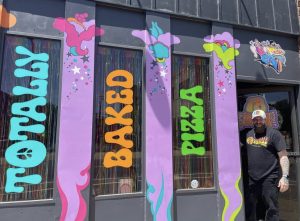



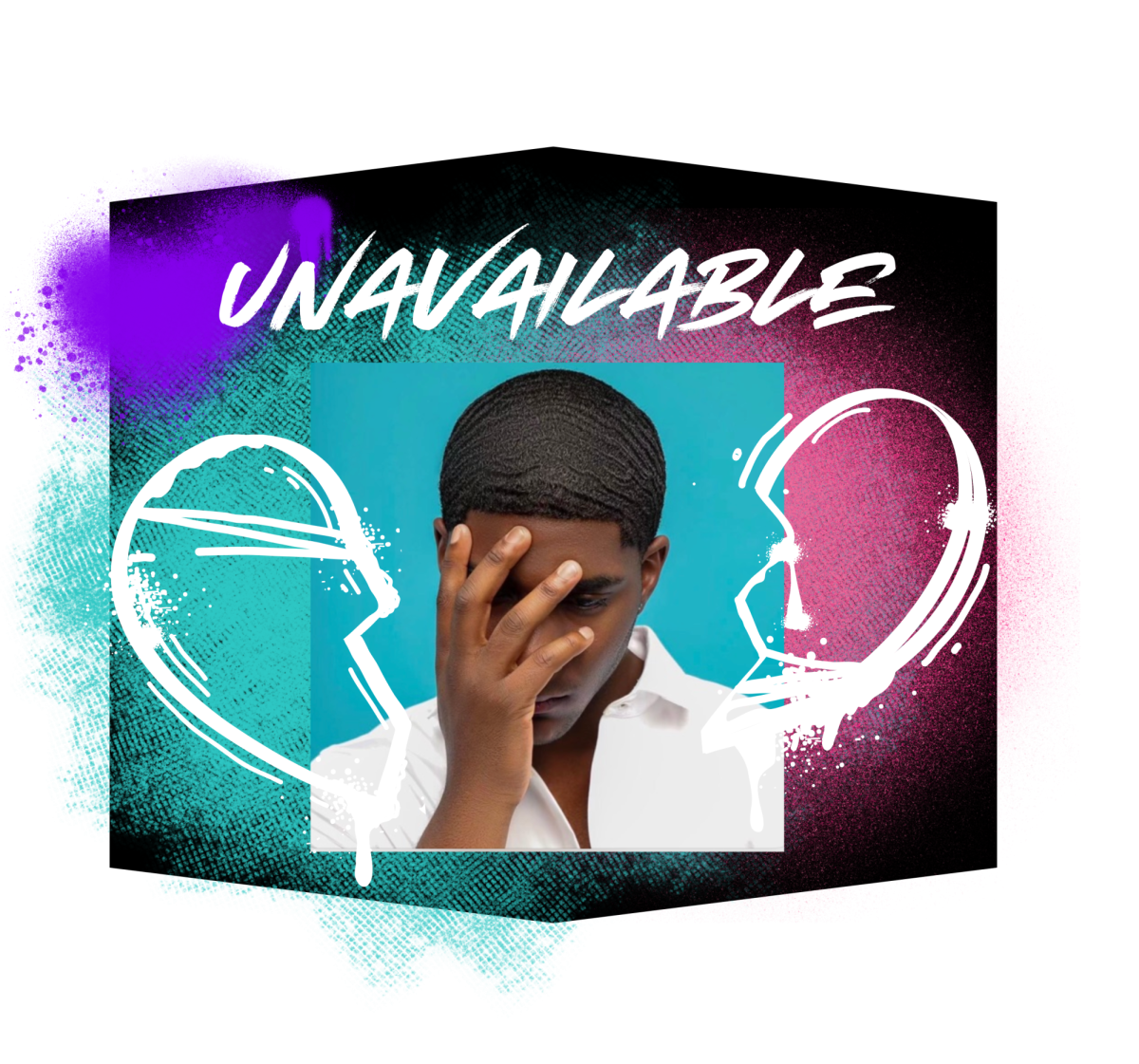

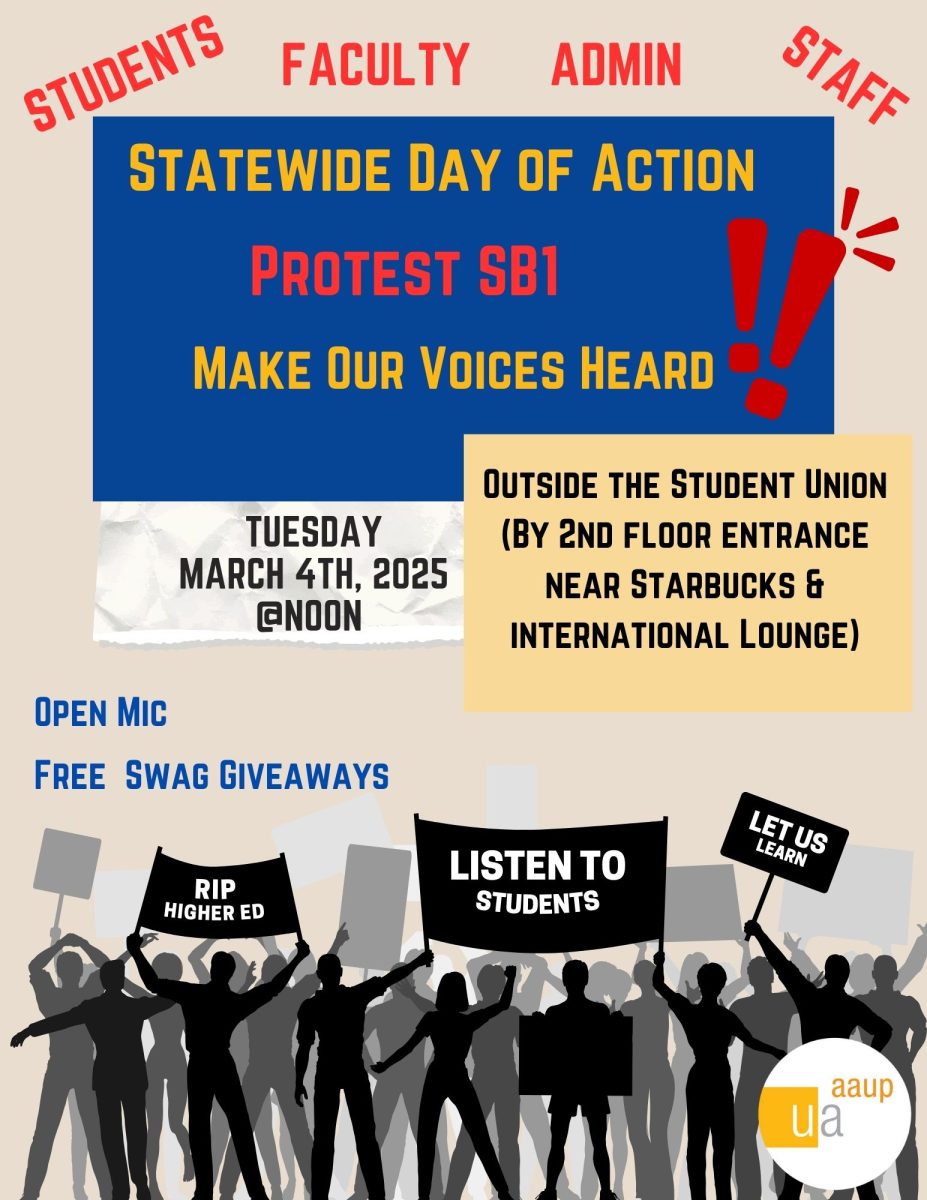
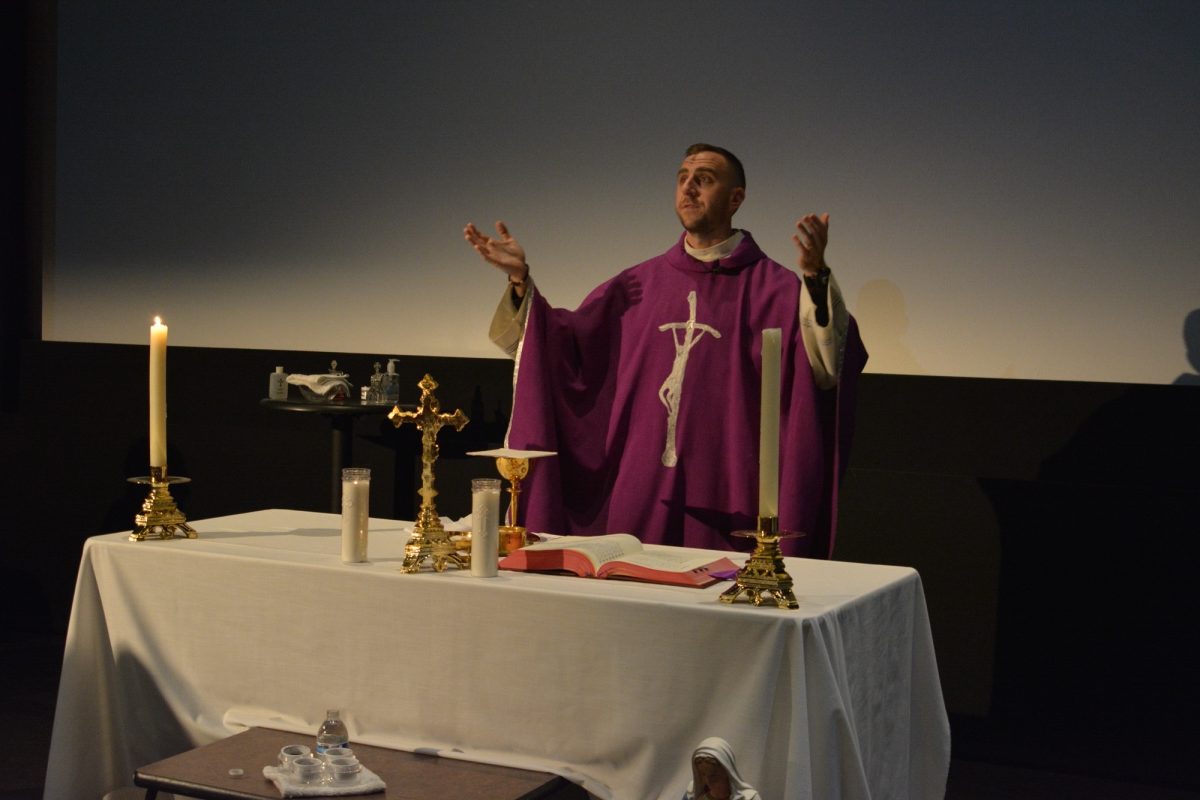
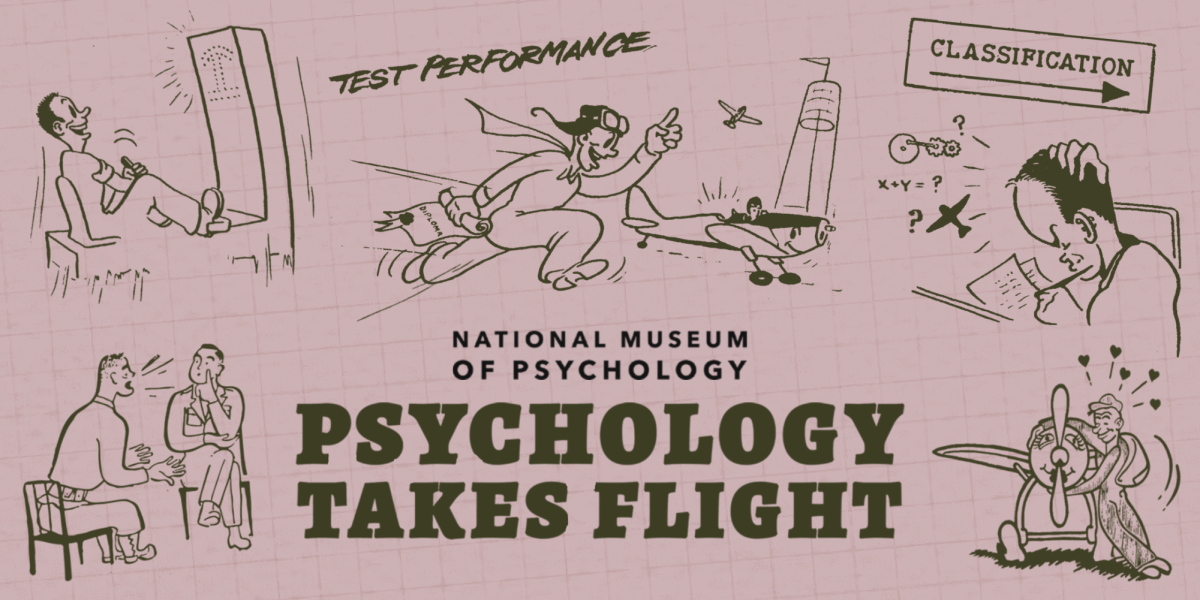
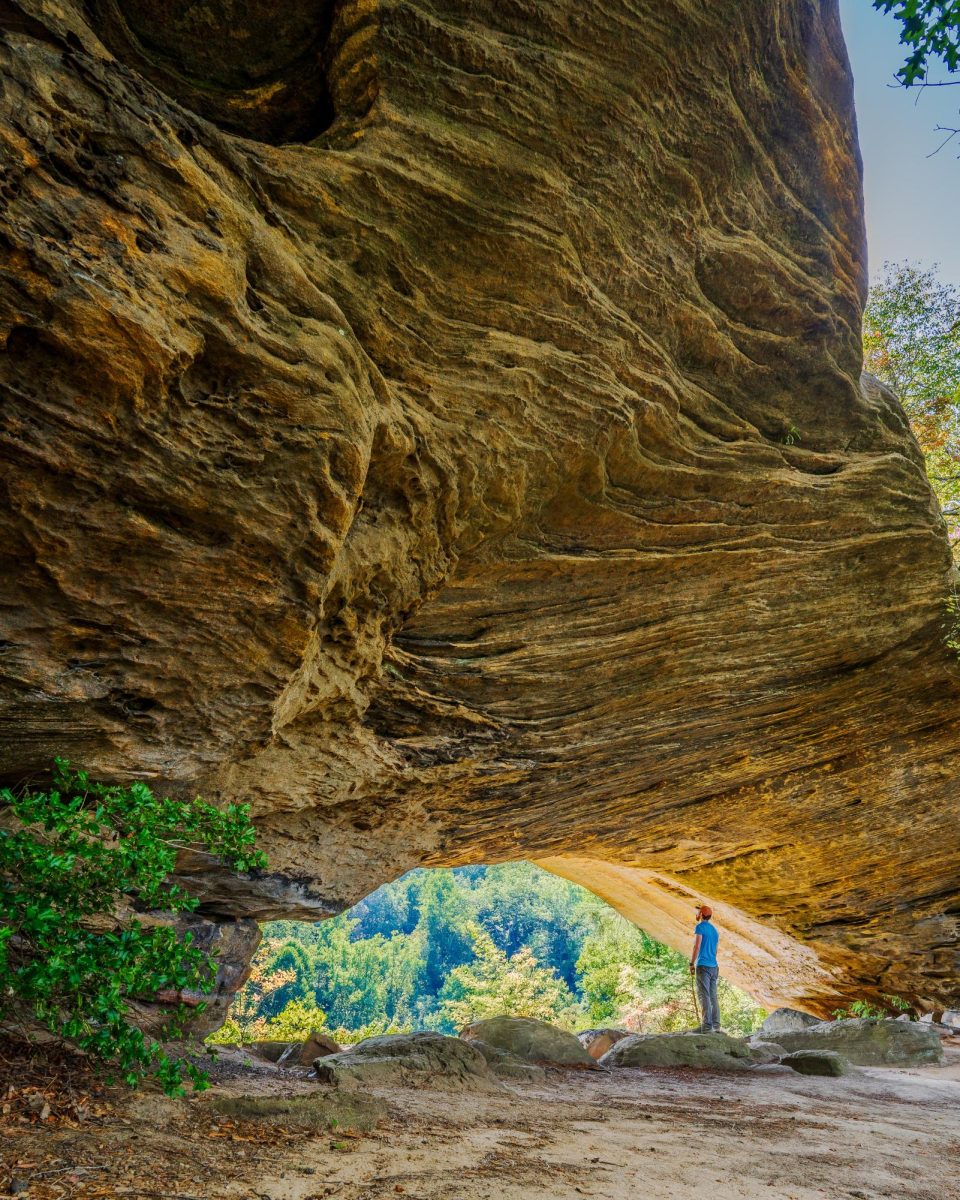
Deborah Jean Boston • Oct 13, 2016 at 10:39 AM
Alan Canfora has once again inserted his one sided view of the May 4th tragedy. Under the Constitution you have the right to peacefully assemble and protest. Like in 1970 as well as now you do not have the right to terrorize innocent people in the community by destroying businesses and property. Those are criminal acts, and there are consequences to your action. Personally, I believe the University should have closed and anyone found on campus should have been arrested for trespassing. Instead the University allowed it to become a volatile situation.